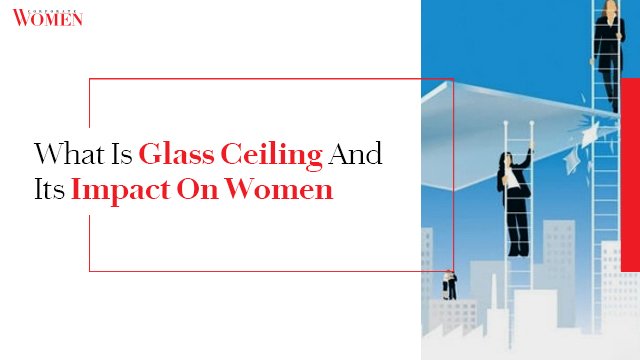The glass ceiling is a term used to describe the unseen and often unspoken barrier that limits women’s advancement in the workplace. The term was first coined in the early 1980s and is still used today to describe the challenges that women face in the workplace.
Although the term is most often used in the context of women’s rights, it is also used to describe the barriers that other marginalised groups face in the workplace. The glass ceiling is a barrier that prevents qualified individuals from advancing to leadership positions.
This blog will explore the glass ceiling in further detail – including its history, the challenges women face in the workplace, and how we can break through this barrier.
1. Defining The Glass Ceiling
The term “glass ceiling” was first coined in the late 1970s and is used to describe the phenomenon of women being held back from advancing to top leadership positions in organisations. The term has been used extensively in business and, more recently, in politics.
Despite all the progress we have made in recent decades, the glass ceiling is still very much a reality for women today. In order to achieve true equality, we need to break through this barrier. This will require a concerted effort from both women and men to create a more level playing field.
In this series of articles, we will explore the concept of the glass ceiling in more depth. We will look at the reasons why it exists and the barriers that women face when trying to break through it.
2. Why Is The Glass Ceiling A Barrier To Women?
The glass ceiling is a term that is used to describe the barriers that women face in the workplace. These barriers can take the form of discrimination, sexual harassment, and unequal pay. The glass ceiling is a real problem for women who want to succeed in their careers, and it can be very difficult to break through.
There are many reasons why the glass ceiling exists. One reason is that women are often not hired into leadership positions. This can be because of their gender or because they are not given the same opportunities as men. Another reason is that women who do succeed in breaking through the glass ceiling often face retaliation from their male colleagues. This can include being passed over for promotions, being given less challenging assignments, and being treated with less respect.
3. The Prevalence Of The Glass Ceiling
The glass ceiling is a barrier that limits women’s advancement in the workplace. Despite significant progress in recent years, women are still disproportionately represented in leadership positions. This is due to a variety of factors, including discrimination, gender stereotype reinforcement, and work-family conflict.
The glass ceiling is a real and pervasive problem that needs to be addressed. Companies need to make a conscious effort to promote qualified women into leadership roles. And society as a whole needs to continue to challenge gender stereotypes. Only then can we hope to see true equality in the workplace.
4. The Causes Of The Glass Ceiling
The glass ceiling is a term that is often used to refer to the invisible barrier that limits women’s advancement in the workplace. Though it is difficult to measure and quantify, the glass ceiling is a real phenomenon that has been well-documented throughout history.
There are many factors that contribute to the glass ceiling, including gender stereotypes, discrimination, and the lack of available mentors and role models. But whatever the reason, the glass ceiling is a real problem that needs to be addressed. If we want to see more women in leadership positions, we need to work to break down the barriers that are preventing them from getting there.
5. The Effects Of The Glass Ceiling
The glass ceiling is a term that is used to describe the unseen barrier that prevents women from advancing to leadership positions in their careers. Although the term is most often used in the business world, the glass ceiling can exist in any field or profession.
The effects of the glass ceiling are far-reaching. Women who are held back by the glass ceiling are often passed over for promotions and raises, which can make it difficult for them to achieve their full potential. In addition, the glass ceiling can create an environment in which women feel devalued and marginalised.
The glass ceiling is an ongoing issue that needs to be addressed. Women will continue to be held back in their careers until the glass ceiling is shattered.
To Wrap Things Up
The glass ceiling is an invisible barrier that limits women’s advancement in the workplace. Despite decades of progress, women are still underrepresented in leadership positions in many industries. In order to shatter the glass ceiling, we need to continue to fight for gender equality in the workplace. This means advocating for things like equal pay, paid parental leave, and affordable child care. It also means mentoring young women and supporting their professional development. Only by working together can we hope to break through this barrier and create a more equitable workplace for all.










